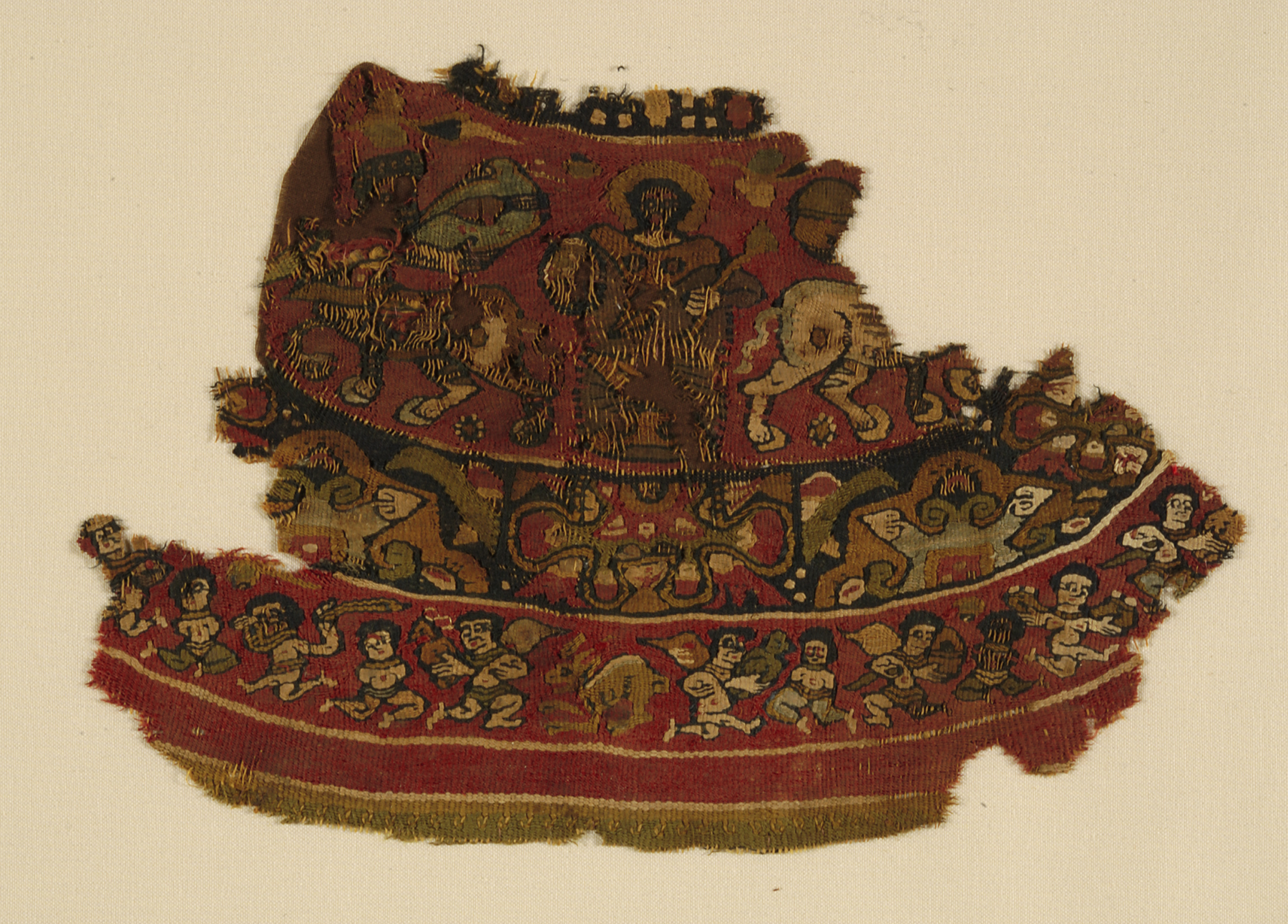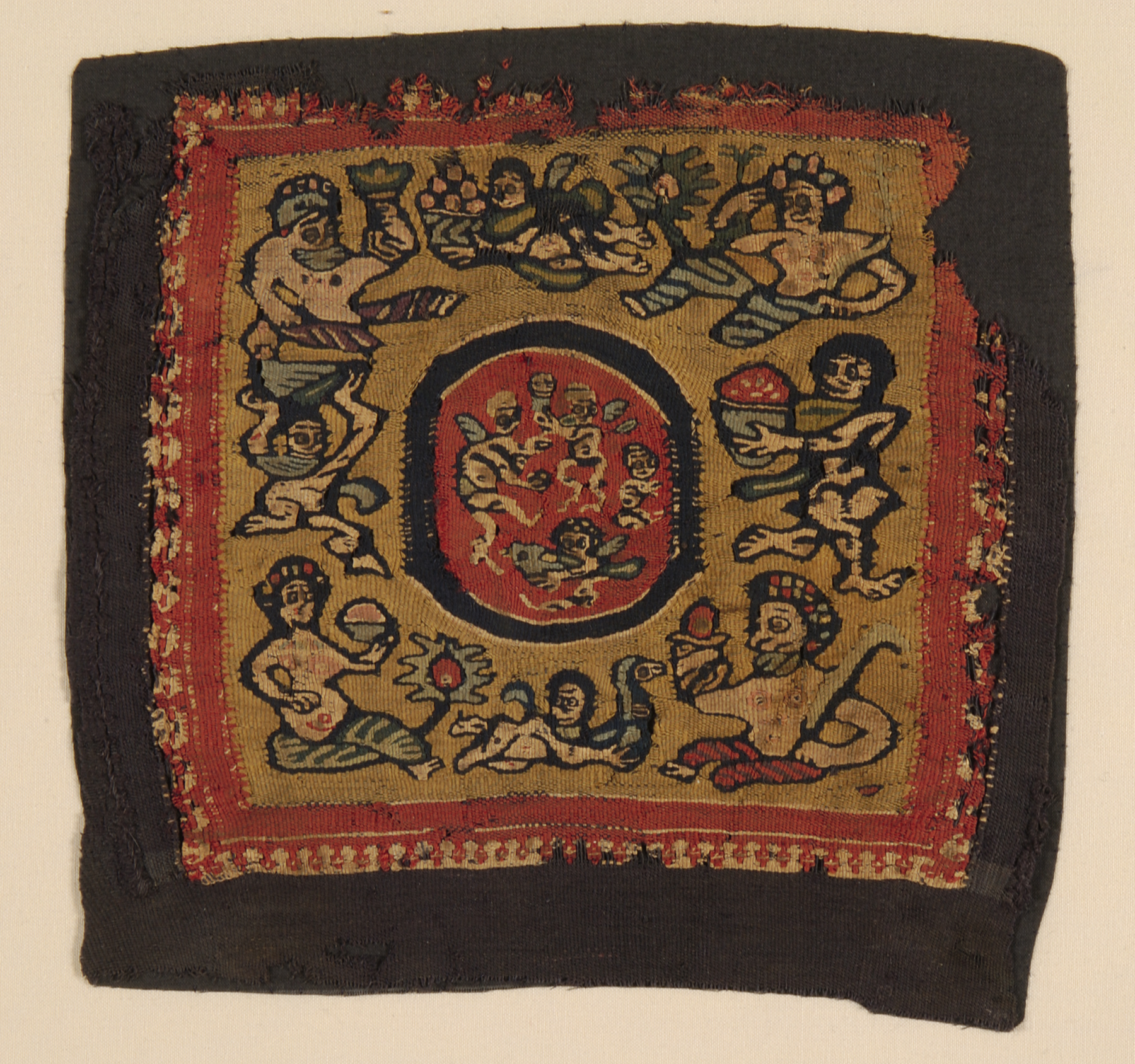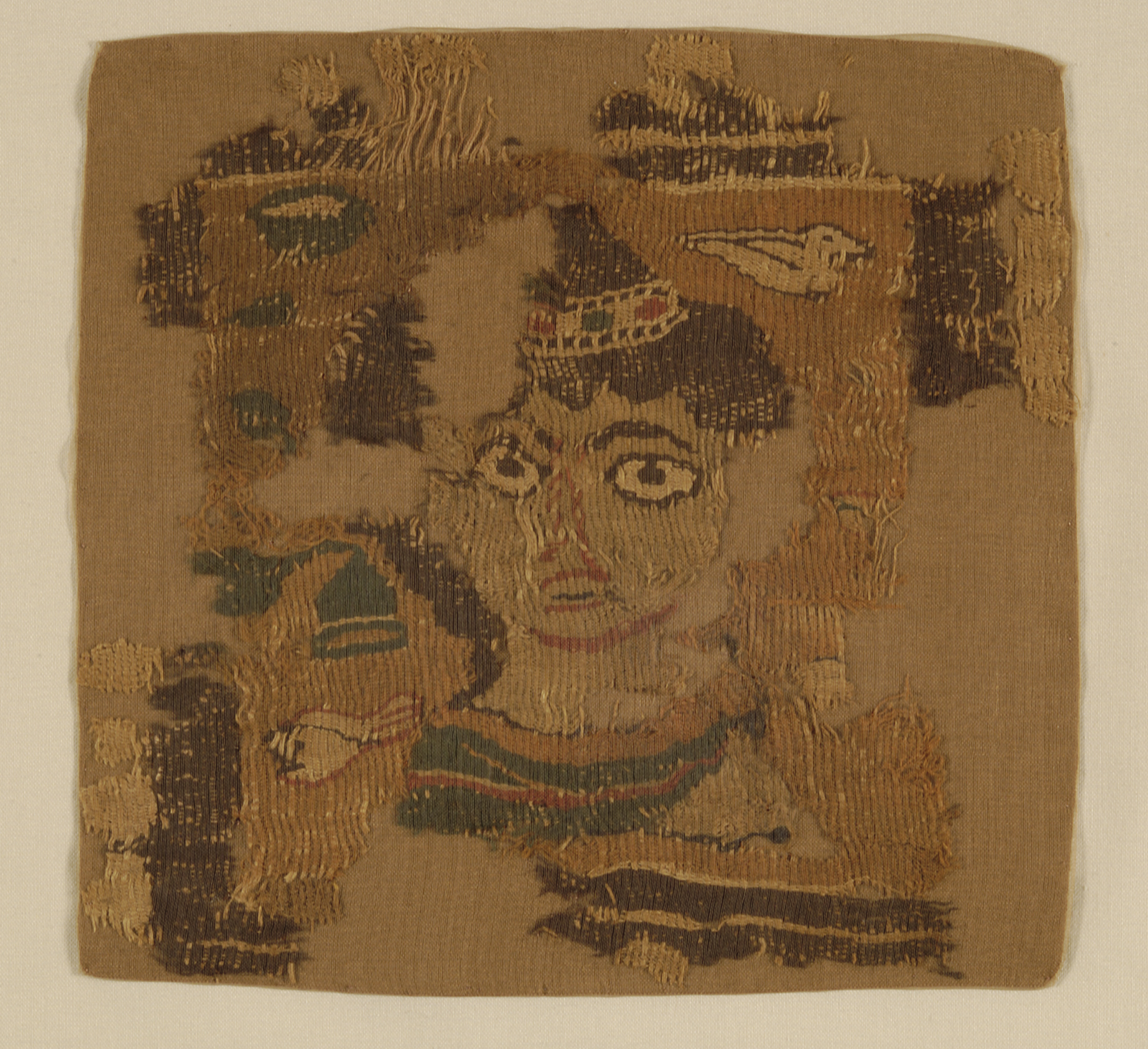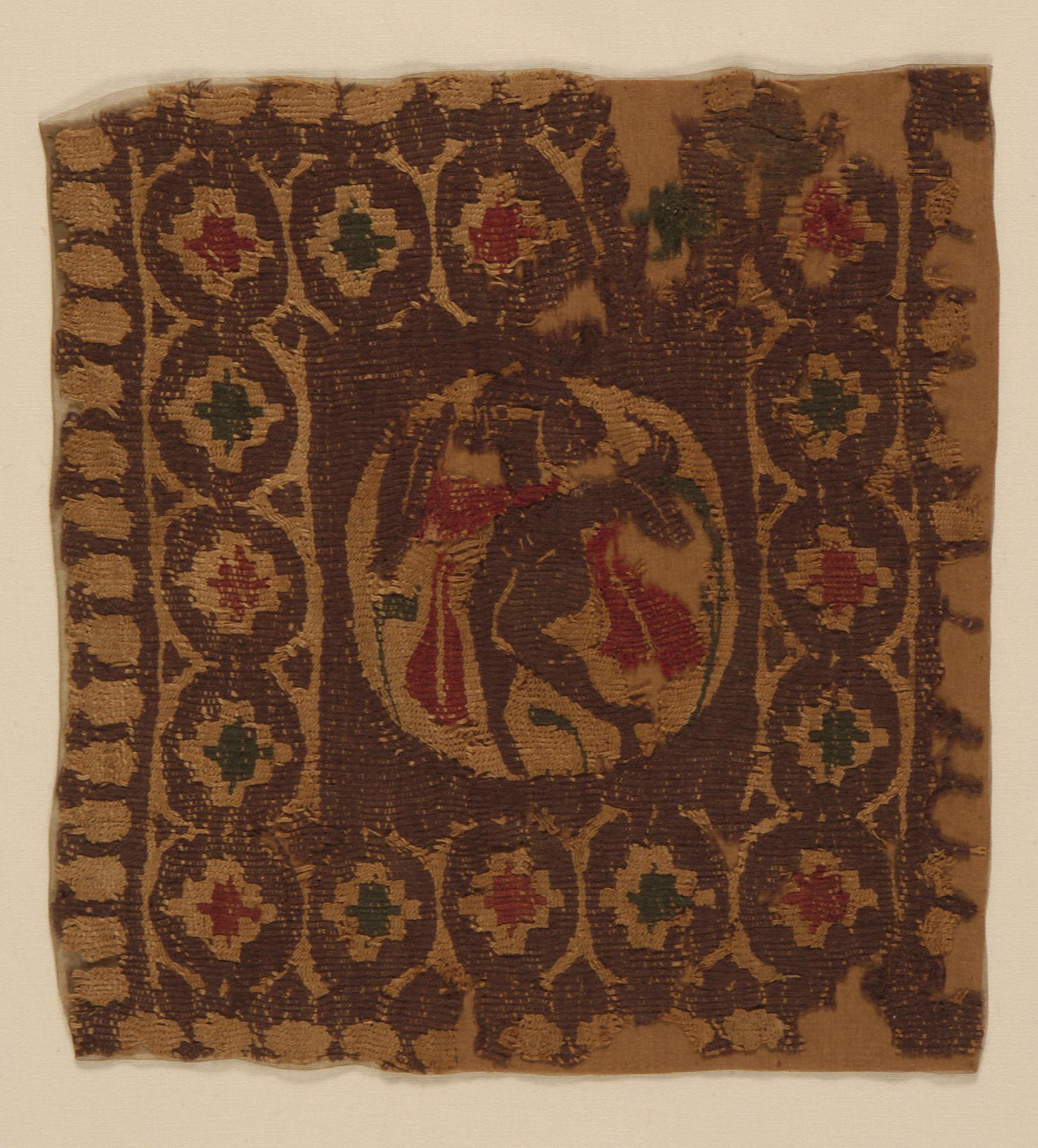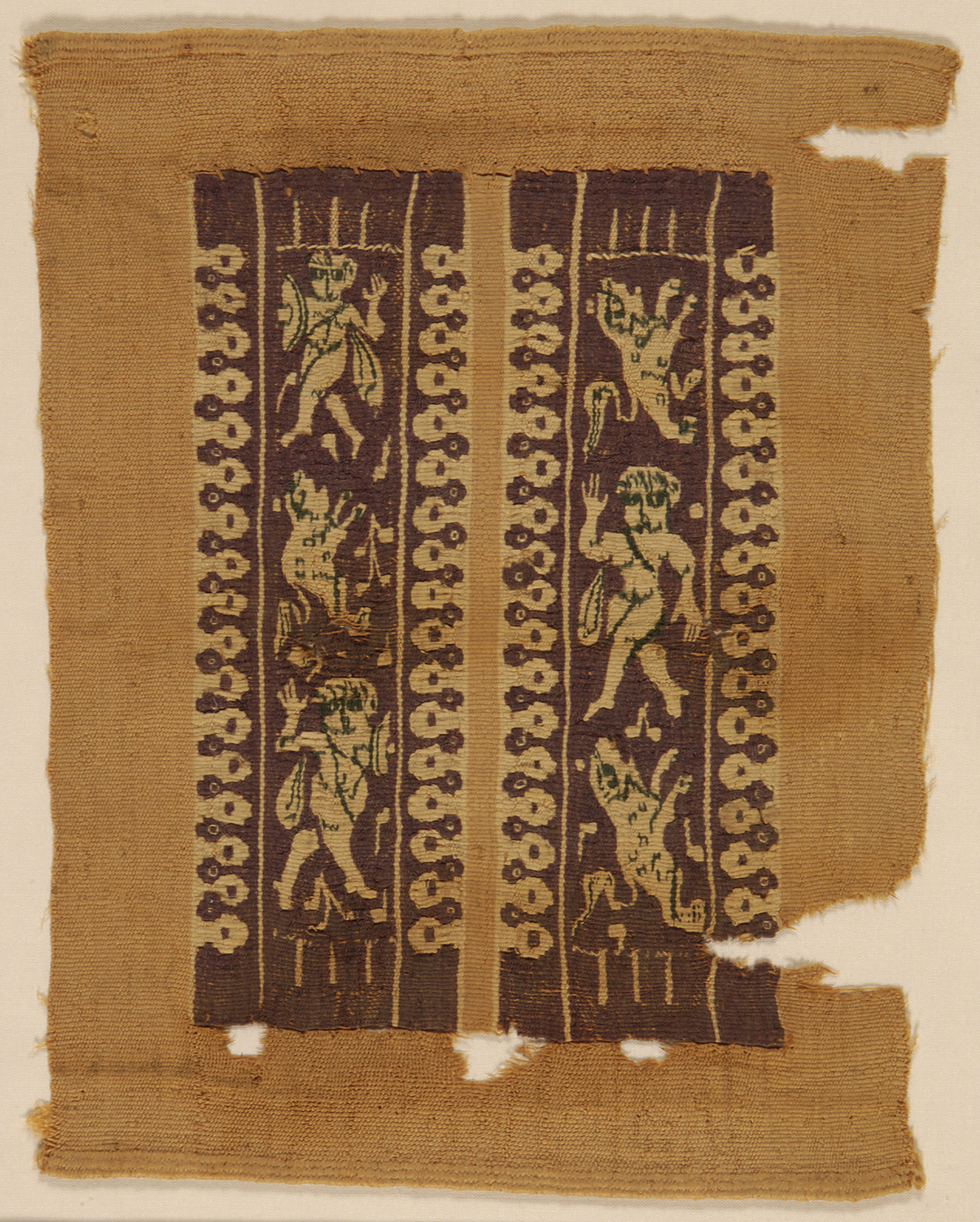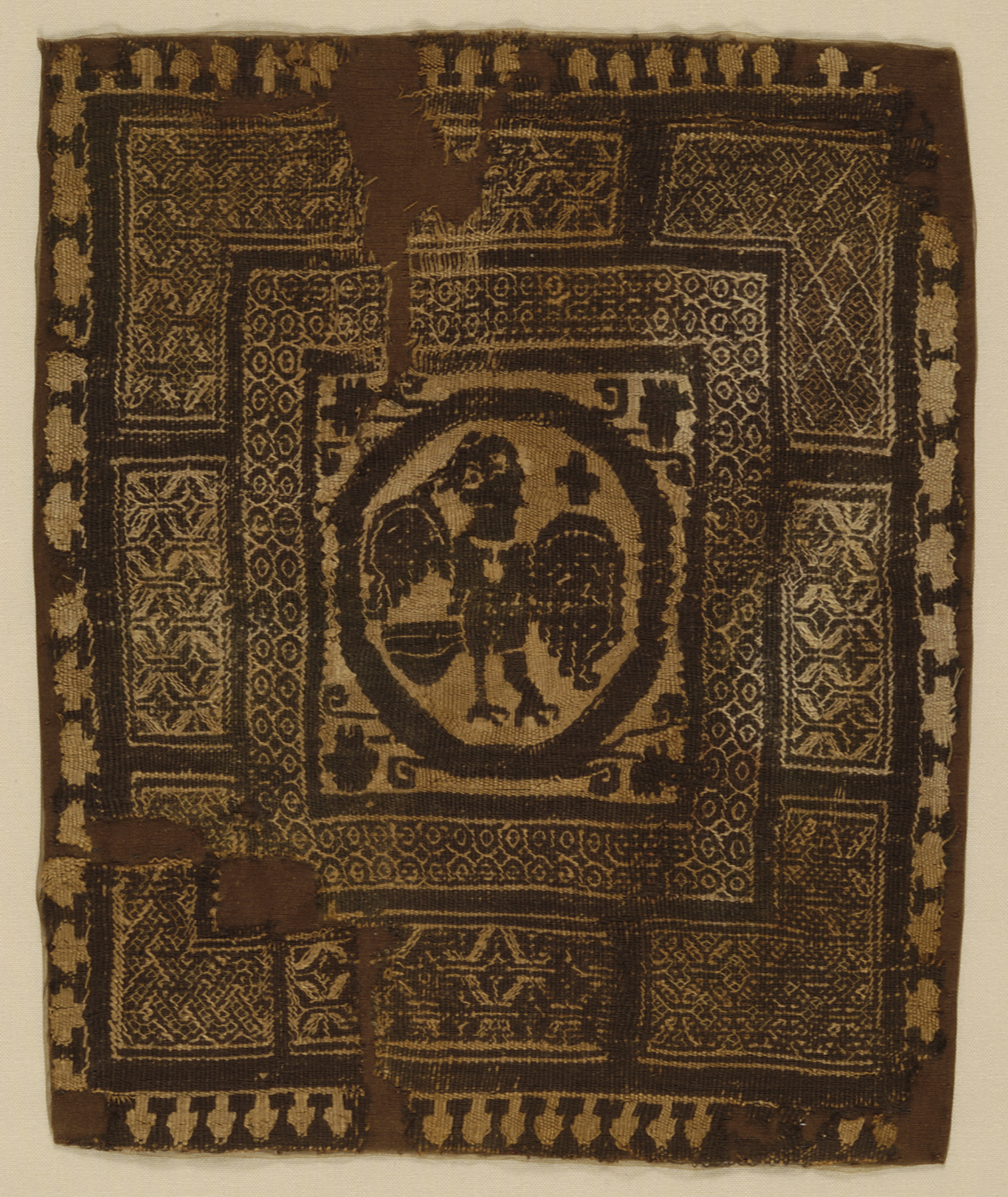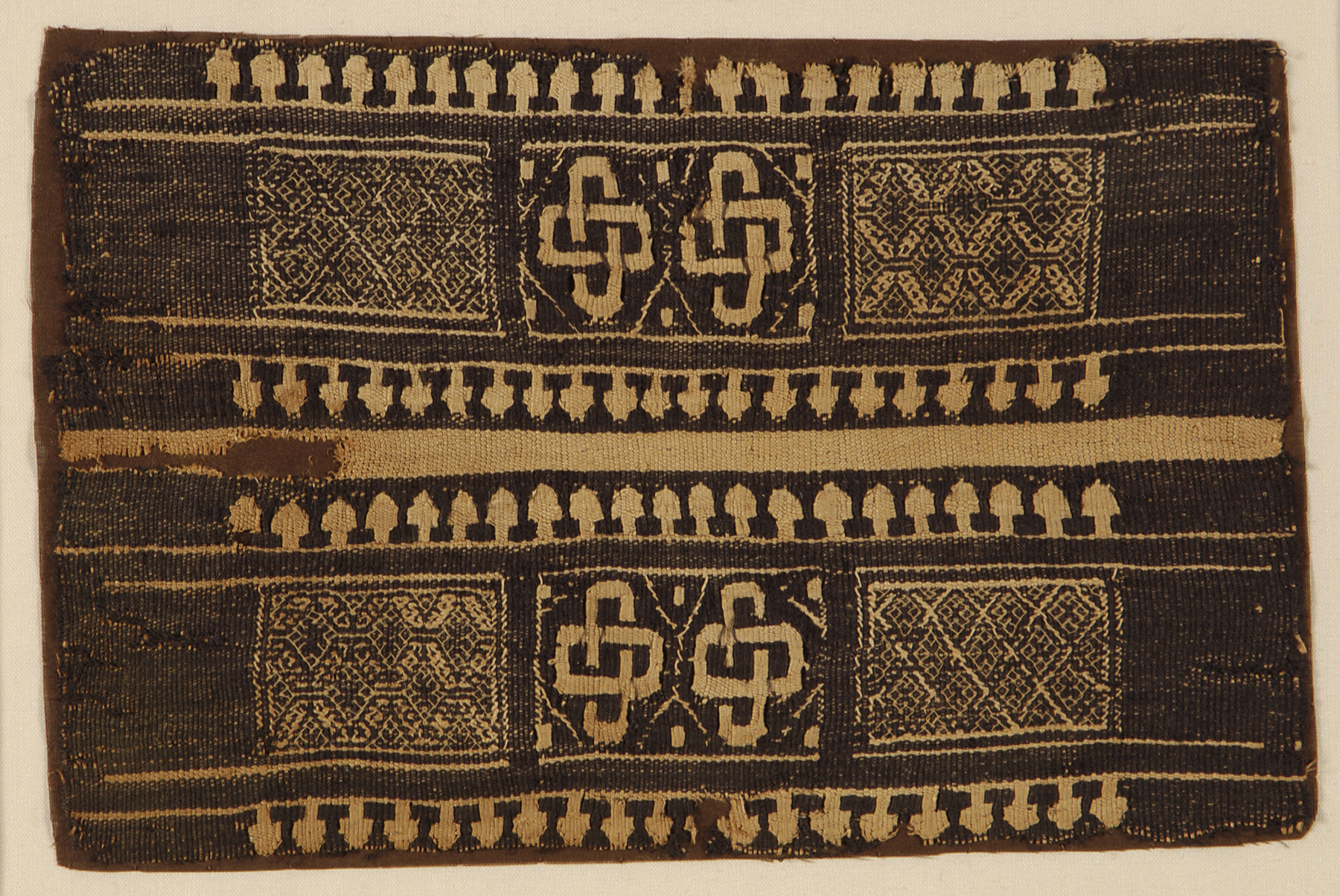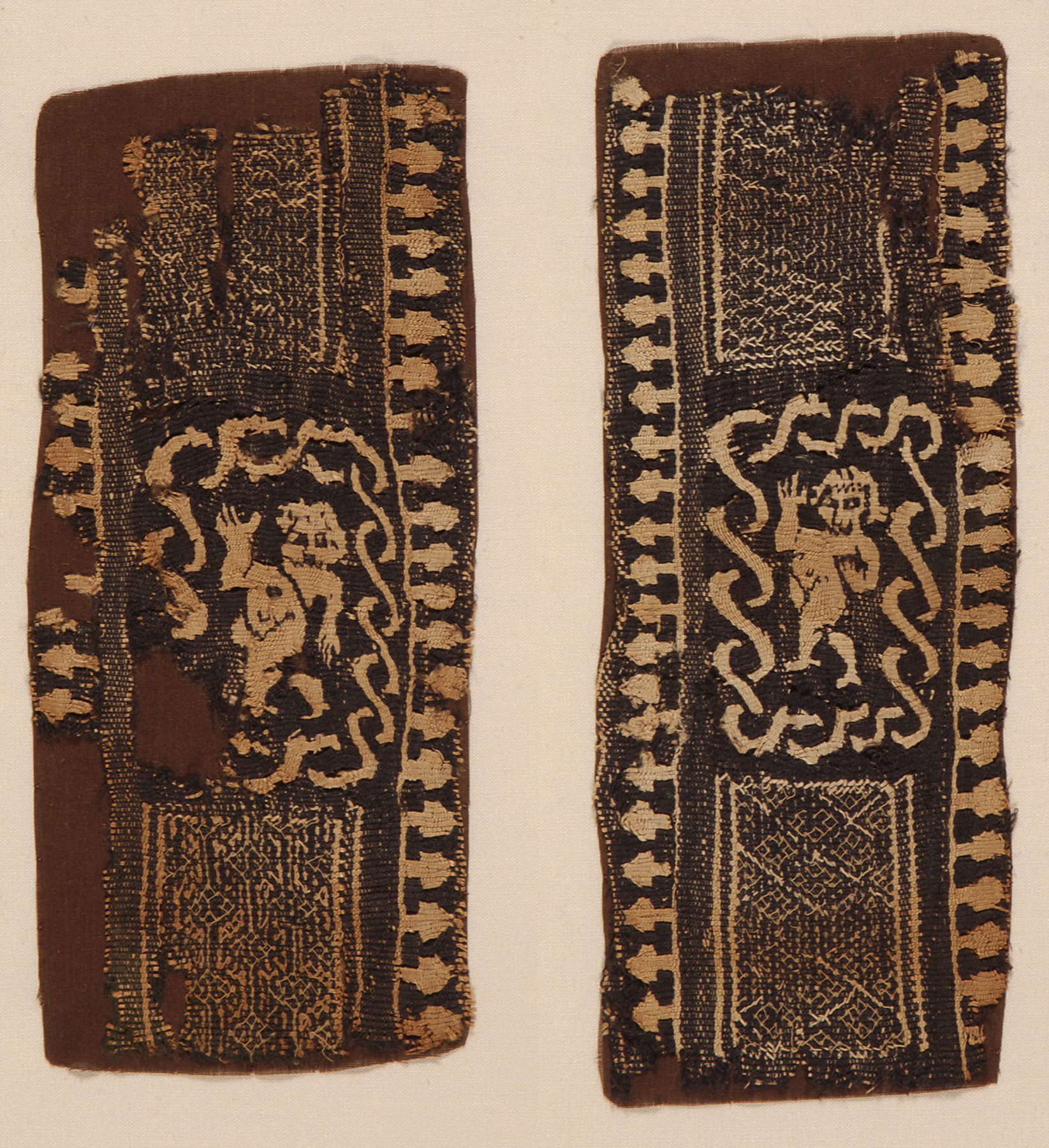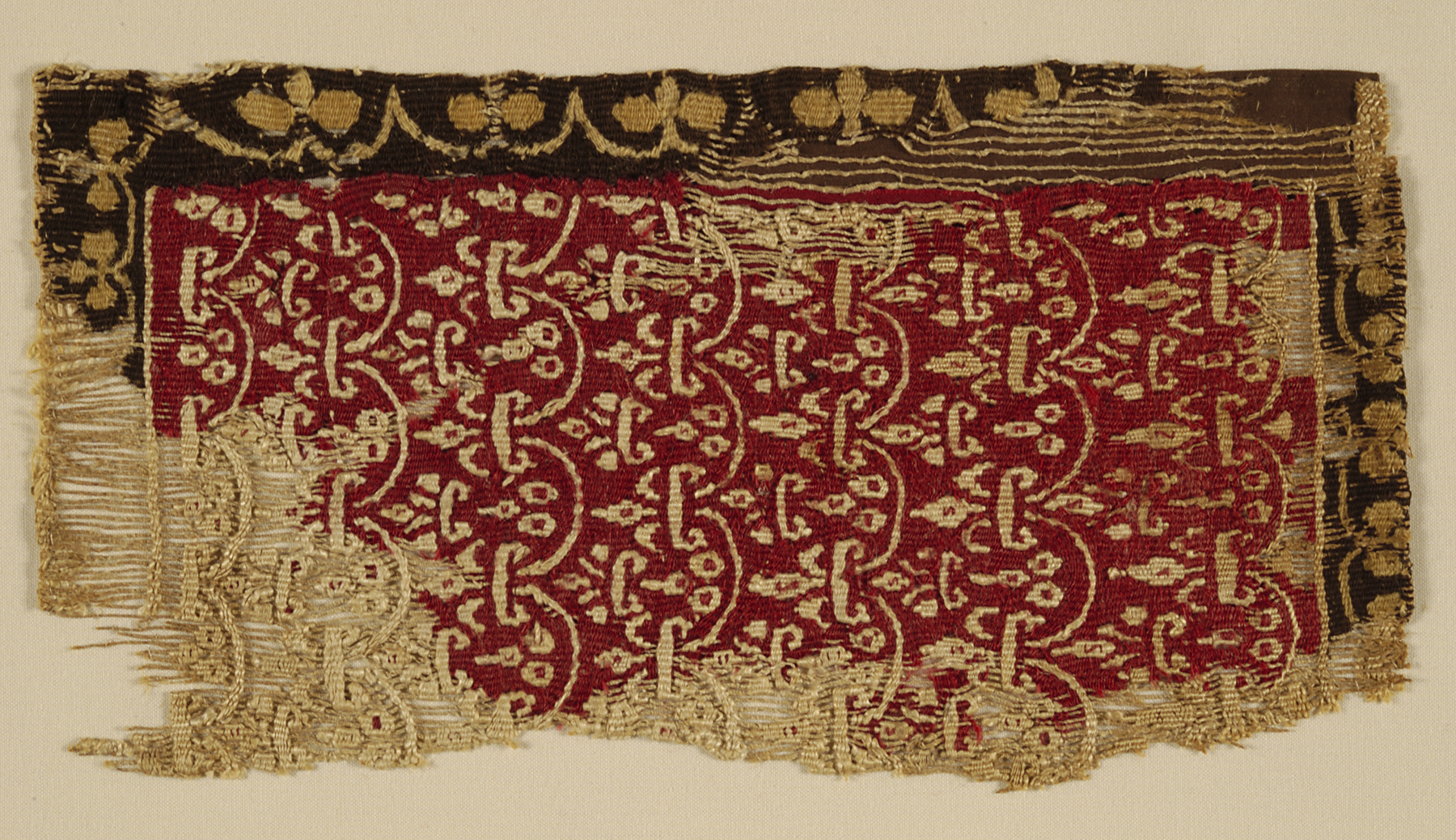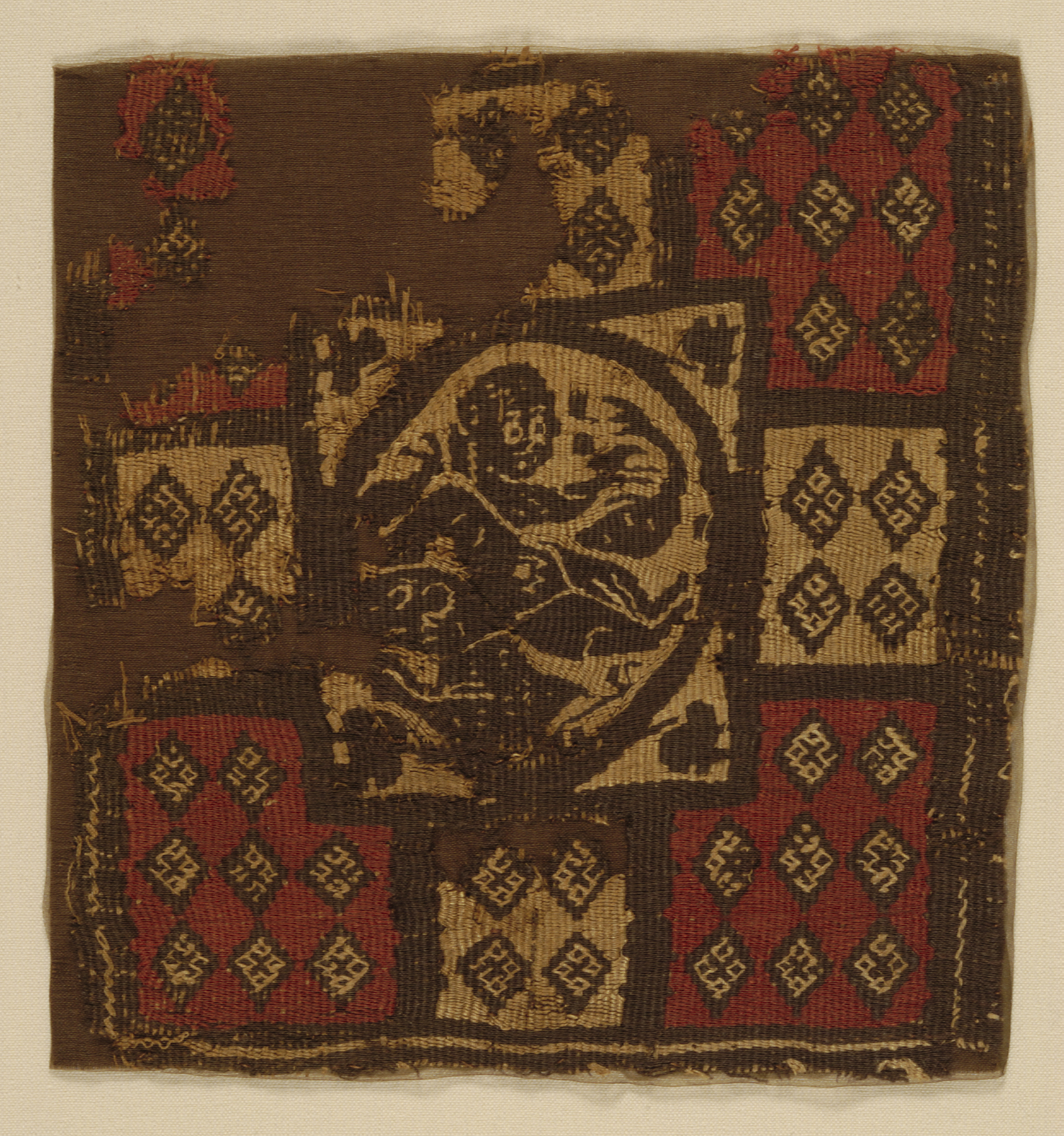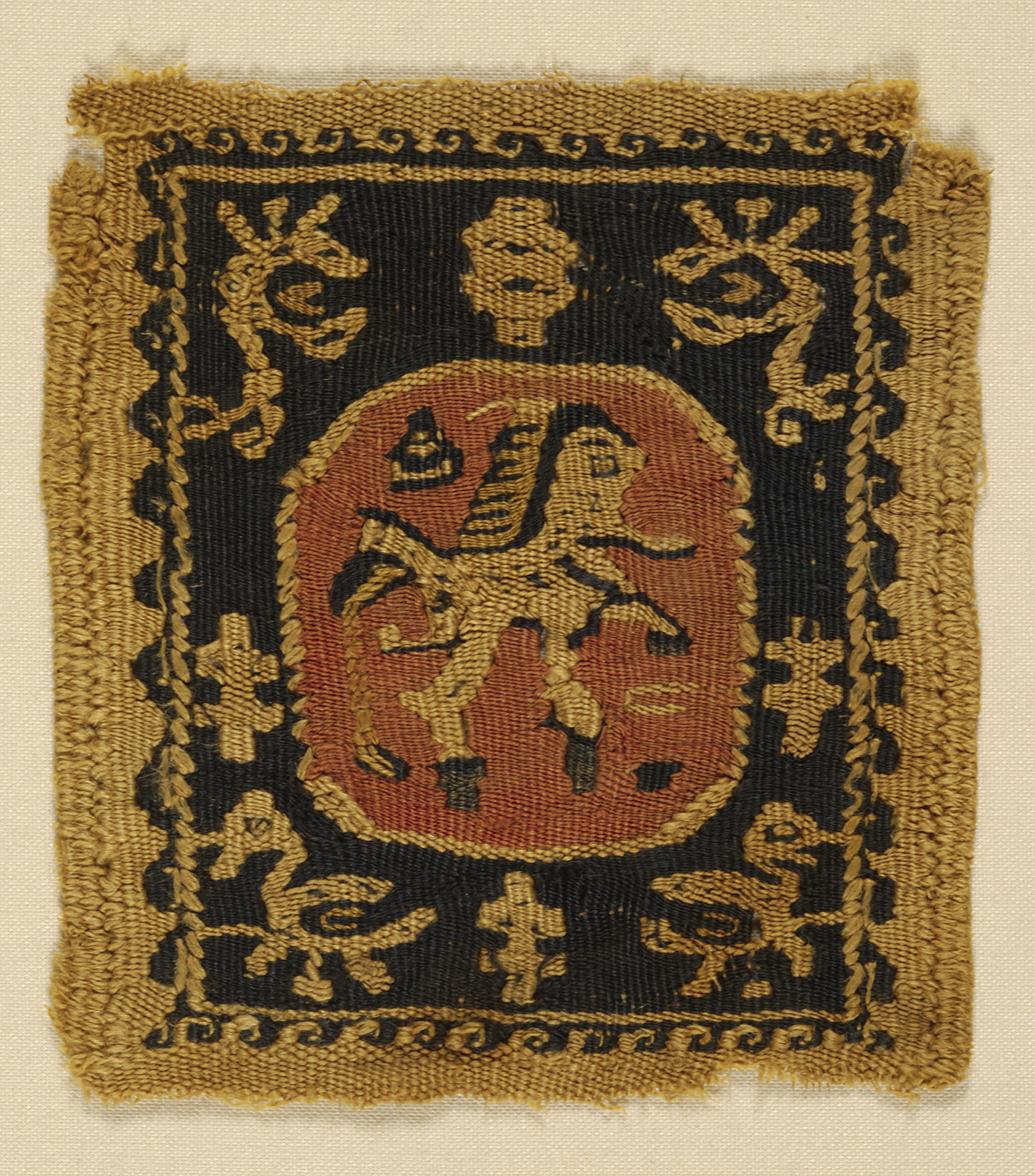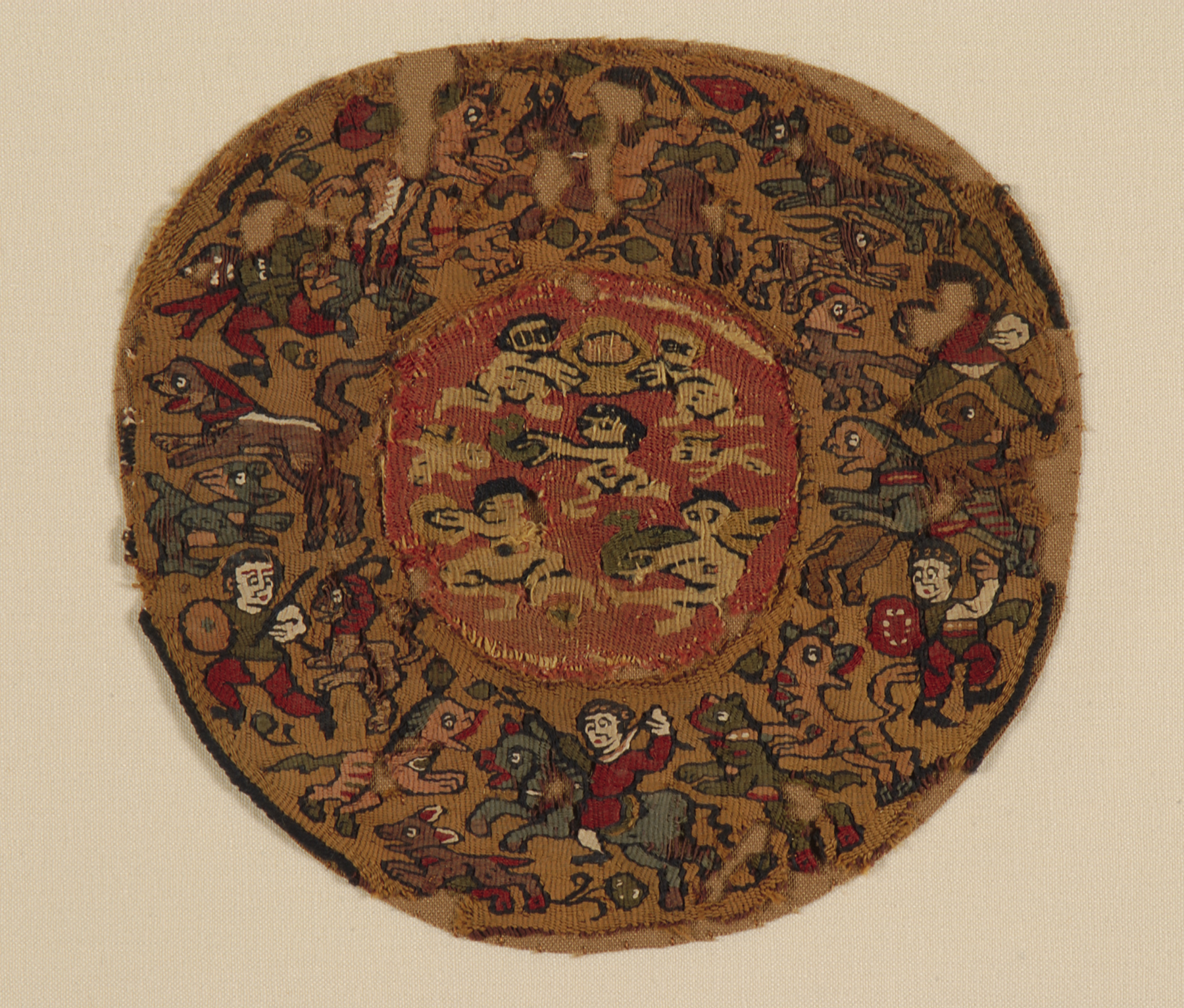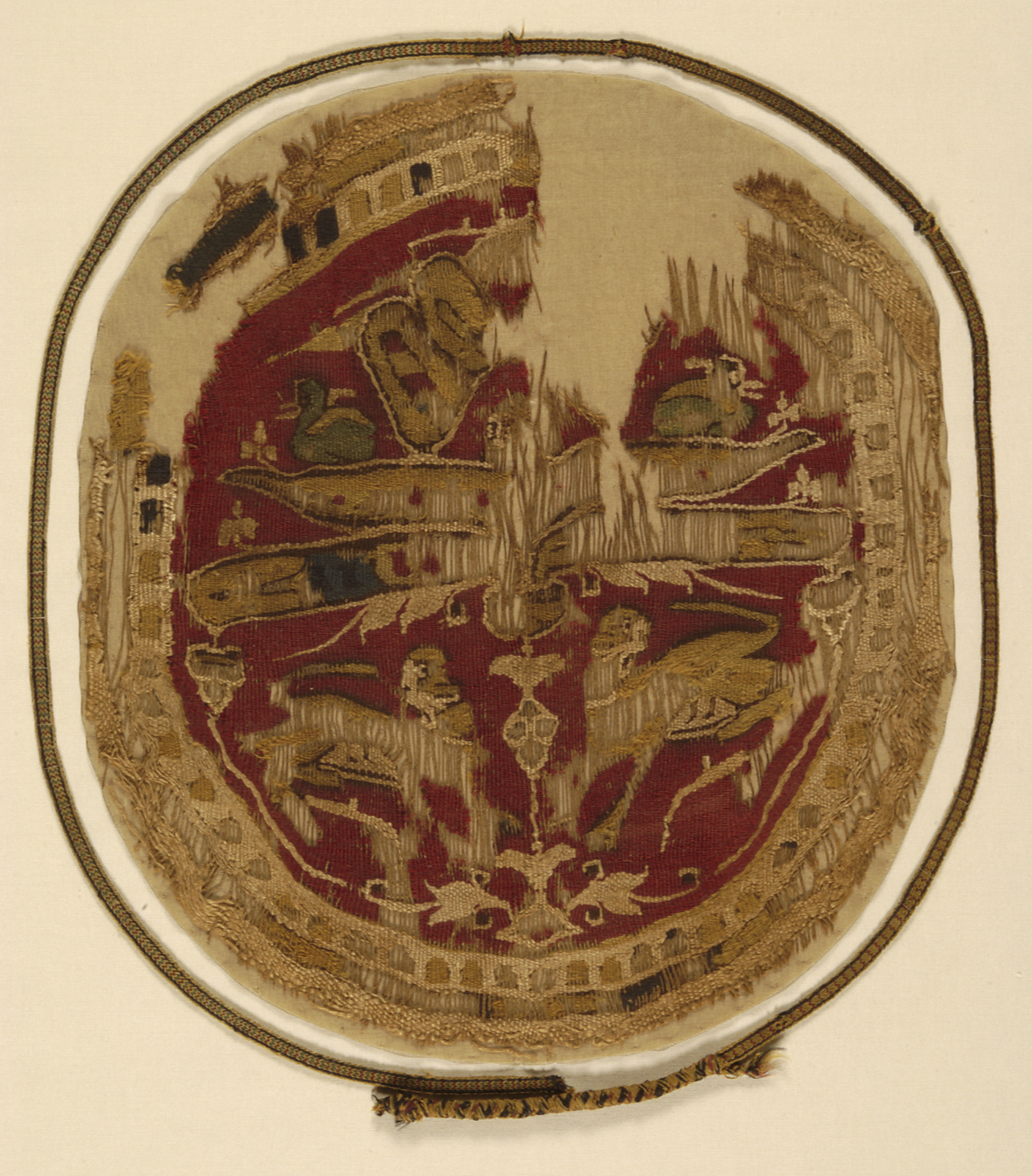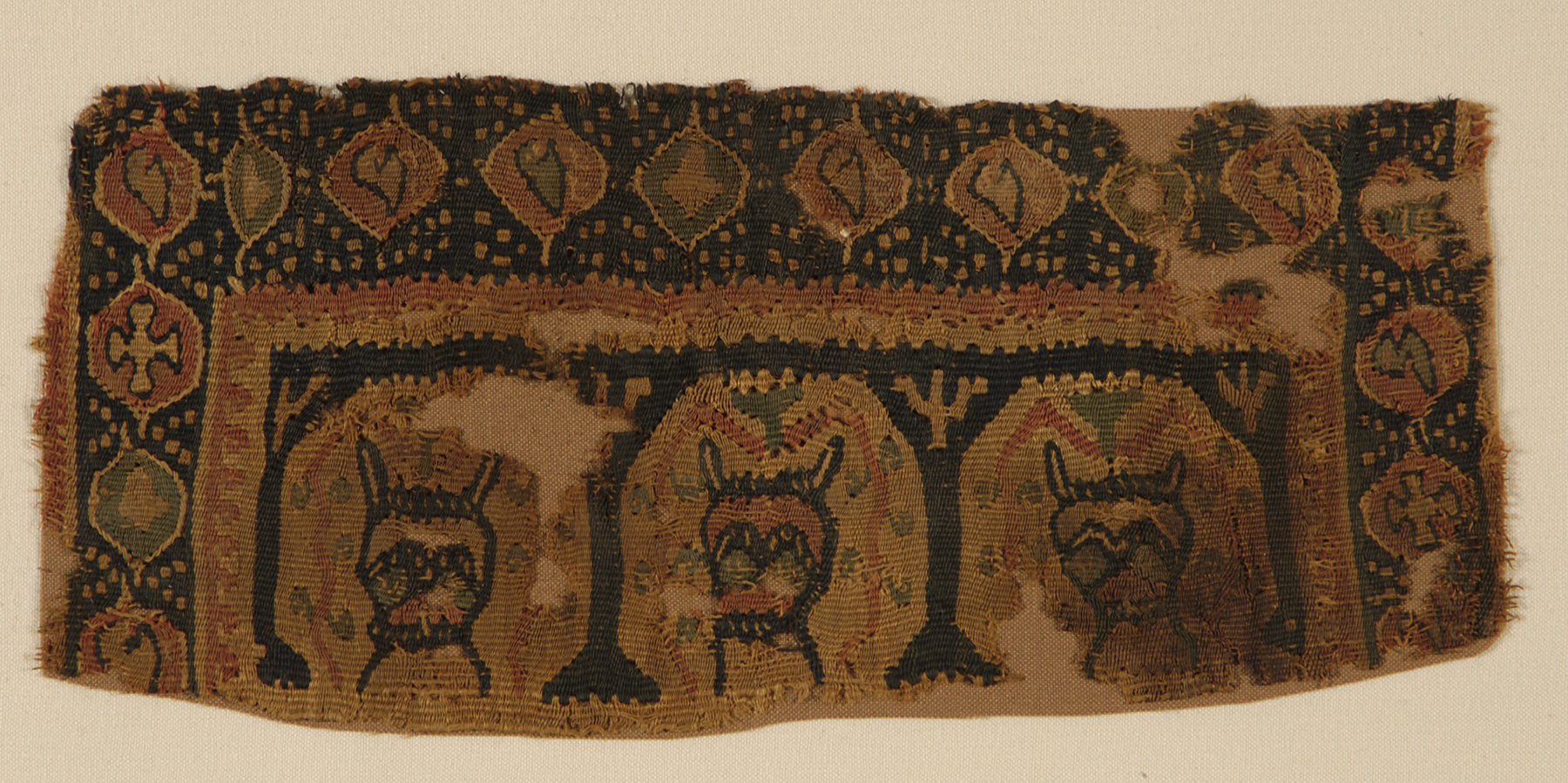Didactic – Art Minute
Episode 279
Dec-2012, Tashia Dare
I’m David Cateforis with another Art Minute from the Spencer Museum of Art. The Spencer collection includes several fragments of Coptic textiles, usually kept in storage because of their fragility. The modern English term “Coptic” refers to native Egyptians of the fourth through seventh centuries and to an artistic style dating from the fourth through twelfth centuries of the common era. Today, the word “Coptic” also refers to modern Christian Egyptians living in Egypt and elsewhere around the world. Historical Coptic culture and art are rich with pharaonic, Greco-Roman, and Christian elements, though rarely do textiles include overtly Christian iconography. The Spencer textiles date from between the fourth and ninth centuries. They are made of linen and wool using the tapestry-weave technique and the colors have held remarkably fast. The fragments once decorated tunics, curtains, wall hangings, altarpieces, and pillows. The collection represents the mixture of cultures and religious beliefs, as seen in the numerous Greco-Roman motifs, including pyrrhic dancers from the cult of Dionysus, that were used by both non-Christian Egyptians and Coptic Christians. With thanks to Tashia Dare for her text, from the Spencer Museum of Art, I’m David Cateforis.

